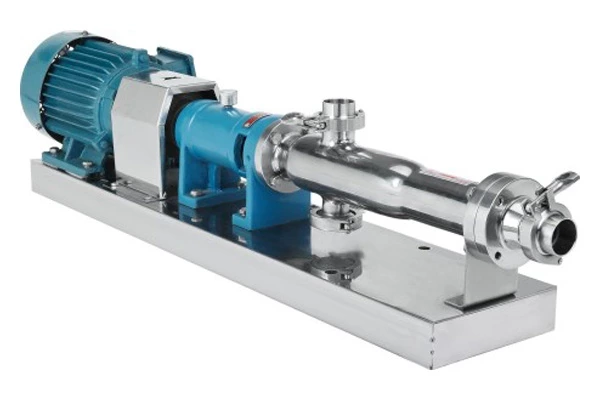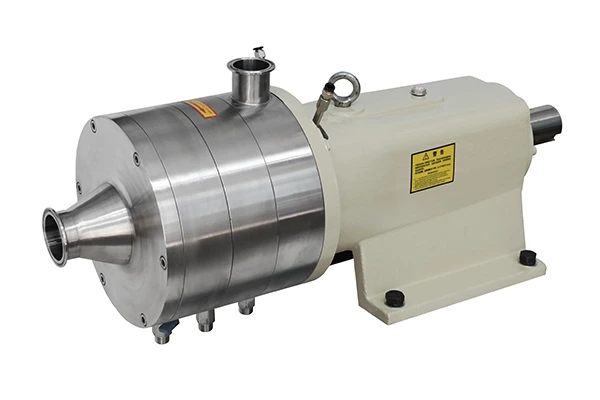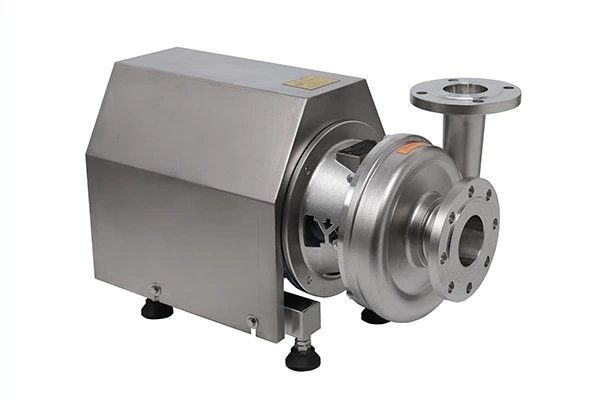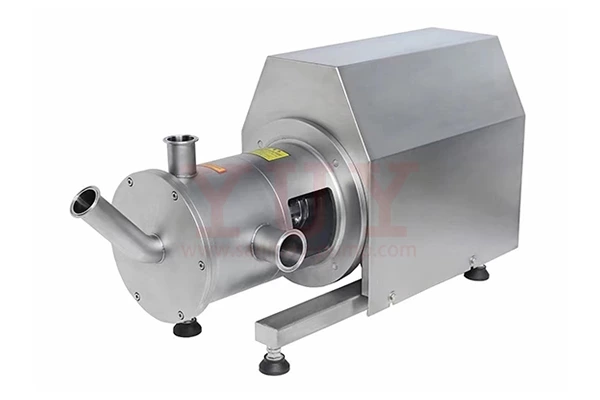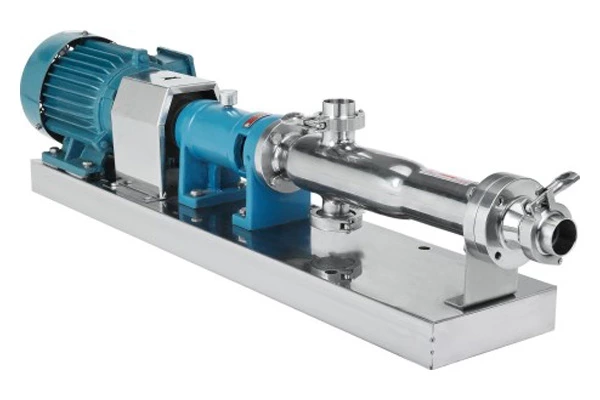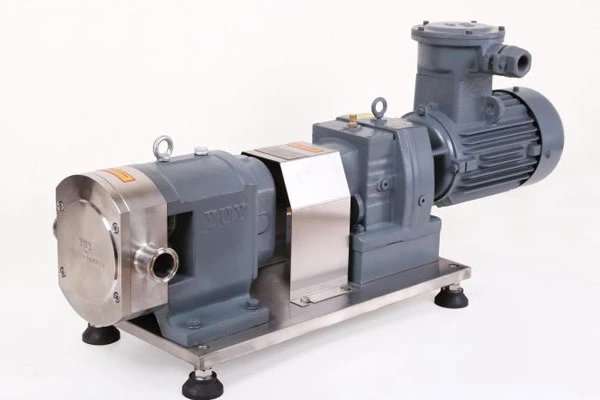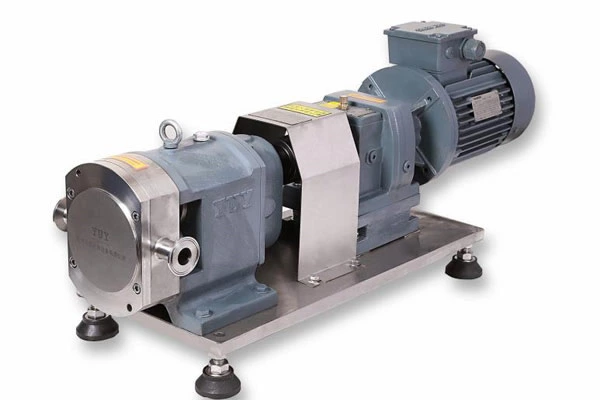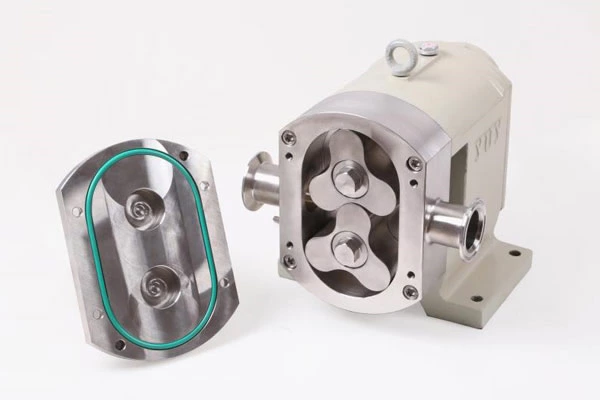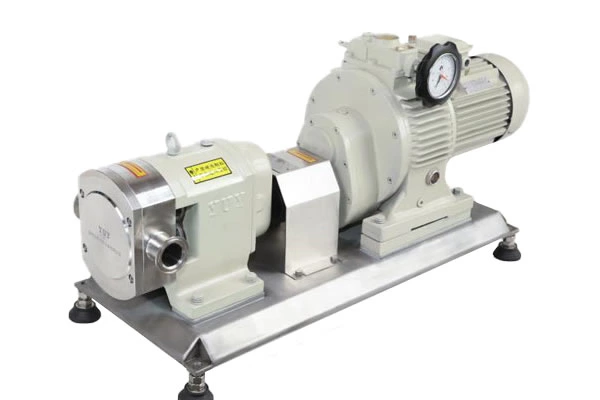150 Technical Questions And Answers About Pumps To Help You Fully Understand Pumps
101.Single Screw Pump what determines the bearing oil level?
Answer: For rolling bearings, the lowest ball centerline of the bearing is the normal oil level, the lower third of the ball is the low oil level, and the two-thirds above the centerline of the ball is the high oil level. For the lubrication device with the spindle as an oil ring, the oil ring is generally 1.5-2 times larger than the diameter of the lubricated spindle. The oil level in the oil chamber should be a certain distance away from the spindle oil, which is generally half of the spindle diameter or about 5mm below the high oil level.
102. Why is it not good to have too high or too low bearing oil level?
Answer: 1) If the bearing oil level is too low, some parts of the bearing will not be lubricated, so the bearing will wear and heat up, causing the bearing to burn out.
2) If the oil level is too high, as the spindle rotates, the rolling bearing and the oil ring are prone to leaking oil from the shaft seal during the oiling process; if the oil level is too high, the rotation of the oil ring is also hindered, causing the bearing to heat up.
103. What are the requirements for the amount of oil filled in bearings lubricated with grease?
Answer: 1) For low-speed machines (speeds below 1500r/min), the amount of oil filled is generally not more than two-thirds of the entire bearing chamber; 2) For machines with speeds above 1500r/min, the amount of oil filled is generally not more than half of the entire bearing chamber.
104. What are the reasons for high bearing temperature?
Answer: 1) The oil level is too low and the amount of oil entering the bearing is reduced.
2) The oil quality is unqualified, water or impurities enter, and the oil is emulsified and deteriorated;
3) The oil ring does not rotate and the bearing oil supply is interrupted.
4) Insufficient bearing cooling water
5) Bearing damage
6) The bearing cover applies too much or too little tightening force to the bearing or crushes the radial clearance, losing flexibility.
105. What are the requirements for the performance of the liner material of the sliding bearing?
Answer: 1) It should have sufficient strength and plasticity, so that the bearing lining can withstand a certain working pressure and evenly distribute the pressure between the journal.
2) It has good foaming and wear resistance.
3) It has good lubrication and heat dissipation performance.
4) It must have good process performance.
106. What material should be used to make the shell of the sliding bearing?
Answer: Cast steel, forged steel, cast iron
107. According to experience, what is the radial clearance of the bearing?
Answer: It can be 1/1000 to 3/1000 of the shaft diameter according to the different structural forms of the bearing.
108. What is the influence of the clearance size of the sliding bearing?
Answer: 1) Small clearance means high precision, but too small cannot guarantee lubrication and cannot form an oil film. 2) Large clearance means low precision, easy to produce vibration during operation, and unstable oil film.
109. What are the items to check the bearing?
Answer: 1) Is the position of the journal friction mark on the tungsten gold surface correct? Is the scraping knife flower at this place polished or rubbed?
2) Check whether the tungsten metal surface has scratches, damage and corrosion.
3) Check whether the tungsten metal has numerous cracks, partial peeling and debonding (can be tested by tapping with a wooden stick or immersion in oil).
4) Check whether there is wear and corrosion on the bearing or spherical surface of the pad, whether the pad screws are loose and whether the pad is intact.
110. What are the advantages of tilting pad bearings?
Answer: The advantage of tilting pads is that each pad can swing freely, the best oil film can be formed under any circumstances, the high-speed rotation stability is good, and the oil film vibration is not easy to occur.
